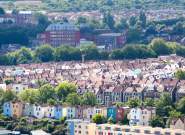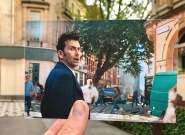Bristol has a rich and eventful history and so it’s only fitting that behind some of its biggest hotels, lies a wealth of fascinating facts. Take a look at these little nuggets…
The Bristol
One of Bristol’s only Harbourside hotels, this former motel was built in 1966 – at a time when the majority of the city’s former docks were still undeveloped. Surprisingly, the building is Grade II listed, thanks to a fancy bit of honeycomb concrete which makes the hotel’s multi-storey carpark a classic example of the Modern architectural movement.
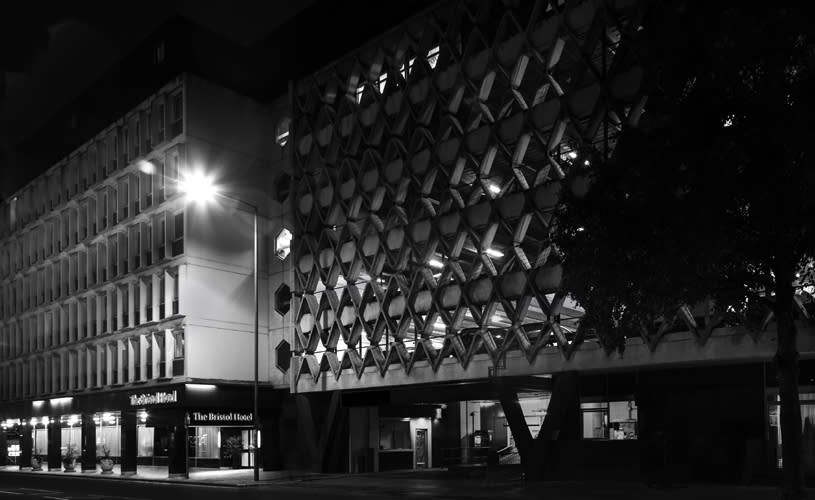
Image - The Bristol's honeycomb carpark
Mercure Bristol Grand Hotel
Movie stars Stan and Ollie (as in slapstick duo Laurel and Hardy) might not recognise the graceful Victorian hotel where they stayed during a brief visit to Bristol in 1953. The Grade II listed exterior looks much as it did when it first opened in 1856, but the hotel interior now features over 500 pieces of commissioned street art. The restaurant, Keepers, is bee-themed. And there are bee hives on the roof.
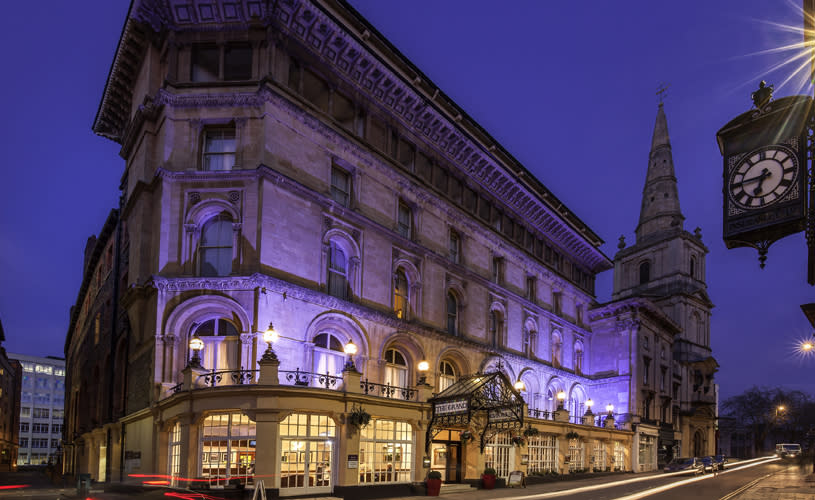
Image - Mercure Bristol Grand
Radisson Blu
Bristol’s tallest hotel was once the headquarters of Bristol & West Building Society – one of the UK’s oldest financial service brands, originally founded in 1850. The drab 1960s office block was one of the city’s least liked buildings but in 2009, it was transformed with glass cladding and a new penthouse floor to become the gleaming blue-tinted skyscraper we see today. The views from the upper floors are among the best in the city.

Image - Radisson Blu, credit Michael Prys-Roberts
Doubletree by Hilton Bristol City Centre
Tucked away behind this modern Redcliffe hotel, is one of the city’s most interesting, historic buildings. The Kiln, the hotel’s rotund restaurant, is housed in the remnants of a 17th century glass-blowing kiln - a relic of Bristol’s once thriving glass industry; not just Bristol’s famous blue glass, but run-of-the-mill window and bottle glass, too. The brick-built kiln – the only surviving example in the city - would originally have had a tall conical chimney.
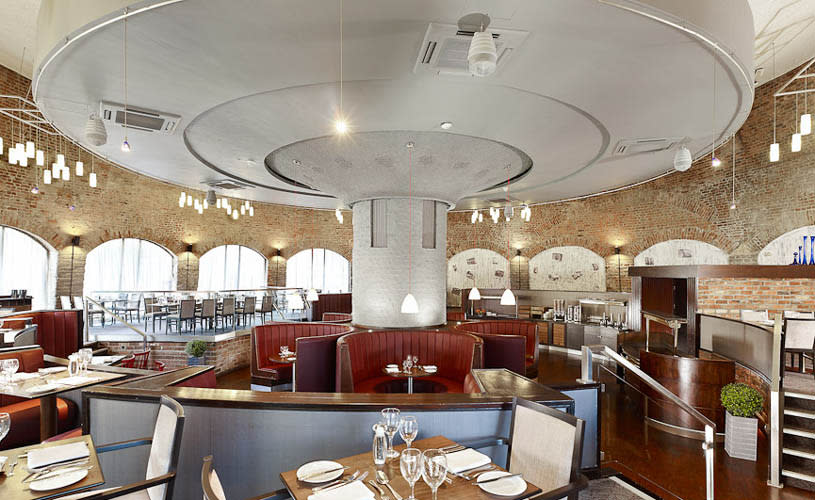
Image - The Kiln Restaurant
Novotel
This thoroughly modern hotel sits on one of the city’s oldest thoroughfares. Listed buildings on both sides of Victoria Street define a place of mixed heritage where industry and commerce have rubbed shoulders for centuries. Look out for the leaning tower of the medieval Temple Church, Ye Shakespeare pub (circa 1803), Kings Head (its pub interiors are listed) and examples of Bristol Byzantine – a distinctive style of revivalist architecture, popular during the late 19th century, which gave Byzantine flavour to many of the city’s industrial buildings.

Image - Novotel, Bristol
Bristol Marriott Royal
One of Bristol’s oldest and most prominent hotels, this grand old lady lay empty and almost derelict in the years leading up to 1991, when the building was restored and re-established as one of the city’s landmark hotels. Built in 1863, the Marriott Royal, sits right next door to Bristol Cathedral and overlooks a statue of Queen Victoria, erected to mark her Golden Jubilee in 1887. The hotel has welcomed a string of celebrity guests; including Cary Grant, Winston Churchill and Charlie Chaplin.

Image - Statue of Queen Victoria outside Bristol Marriott Royal Hotel




